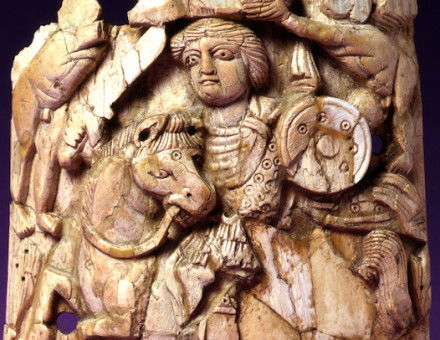British Towns and Cities: Swindon
J.D. Hargreaves appraised Swindon, “a city very much itself”, with a view of its idiosyncrasies, architecture and people.
Swindon is the largest town in Wiltshire. It is not the most beautiful. Yet, as a place to live in, it must be one of the most alive. There are no slums. There are comparatively few council houses in proportion to the size of the population. Most houses are privately-owned and of the five- or six-roomed type. Hardly a building in the whole six thousand acres of the borough is more than two-storeys high. Mcllroy’s Emporium in Regent Street, with its green fancy dome of copper, the art-nouveau exuberance of a Reading architect: Brightwein Binyon’s Town Hall (1892): two Northampton-type spires by Sir Gilbert Scott (1845-1851), and various flèches, lanterns and harrow roofs crowning the pitchpined interiors of chapels of ease and chapels of dissent—these alone rise high above the miles of domestic skyline. In the north of the town, north of the railway, where the Great Western works extend with an endlessness that reminds us of Hundey & Palmer’s factory at Reading, is the chief industrial district; and here are clustered the tall chimneys and smoke which tell us that Swindon is a railway town.





